Nitroglycerin Usage Guide Calculator
Determine Your Nitroglycerin Need
Chest pain that flares up during a walk or a stressful moment can feel like a warning sign you can’t ignore. For many people, that warning is called angina, and the go‑to rescue pill has been nitroglycerin. This article breaks down exactly how the drug calms a racing heart, the different ways you can take it, and the situations when reaching for the tablet is the right move.
What is nitroglycerin and how does it act as a nitrate vasodilator?
Nitroglycerin belongs to the class of nitrate vasodilators. Once inside the body, it is converted into nitric oxide, a messenger molecule that tells the smooth muscle in blood‑vessel walls to relax. This relaxation widens (dilates) the coronary arteries that feed the heart muscle, lowering the resistance the heart has to pump against and quickly easing the oxygen‑starved feeling of angina pectoris. Less resistance also drops overall blood pressure, which further reduces the heart’s workload.
Forms of nitroglycerin you’ll see in the pharmacy
The same active compound can be packaged in several delivery systems, each suited for a different use‑case.
- Sublingual tablet - a tiny square that dissolves under the tongue in seconds. Ideal for immediate relief during an acute angina episode.
- Transdermal patch - a thin adhesive that releases a steady dose over 12‑24hours. Used for prevention of predictable attacks, such as before exercise.
- Oral extended‑release capsule - swallowed whole, it provides a longer‑lasting, low‑grade nitrate effect. Often prescribed for chronic coronary artery disease management.
When to reach for nitroglycerin: acute vs. prophylactic use
If you feel a sudden pressure, squeezing, or burning sensation in the chest that eases with rest, that’s classic angina. In that moment, a sublingual tablet should be taken immediately. The drug starts working within 1‑3minutes, peaks at about 5minutes, and the effect usually lasts 15‑30minutes. If pain persists after the first dose, a second tablet can be taken after 5minutes - but never more than three tablets total without medical advice.
For patients who know they trigger angina (e.g., climbing stairs), a transdermal patch applied in the morning can blunt the episode before it starts. The patch delivers a low, steady nitrate level that keeps coronary vessels dilated, reducing the frequency of attacks. Oral extended‑release forms are generally reserved for people with stable angina who need daily protection and can tolerate a slower onset.
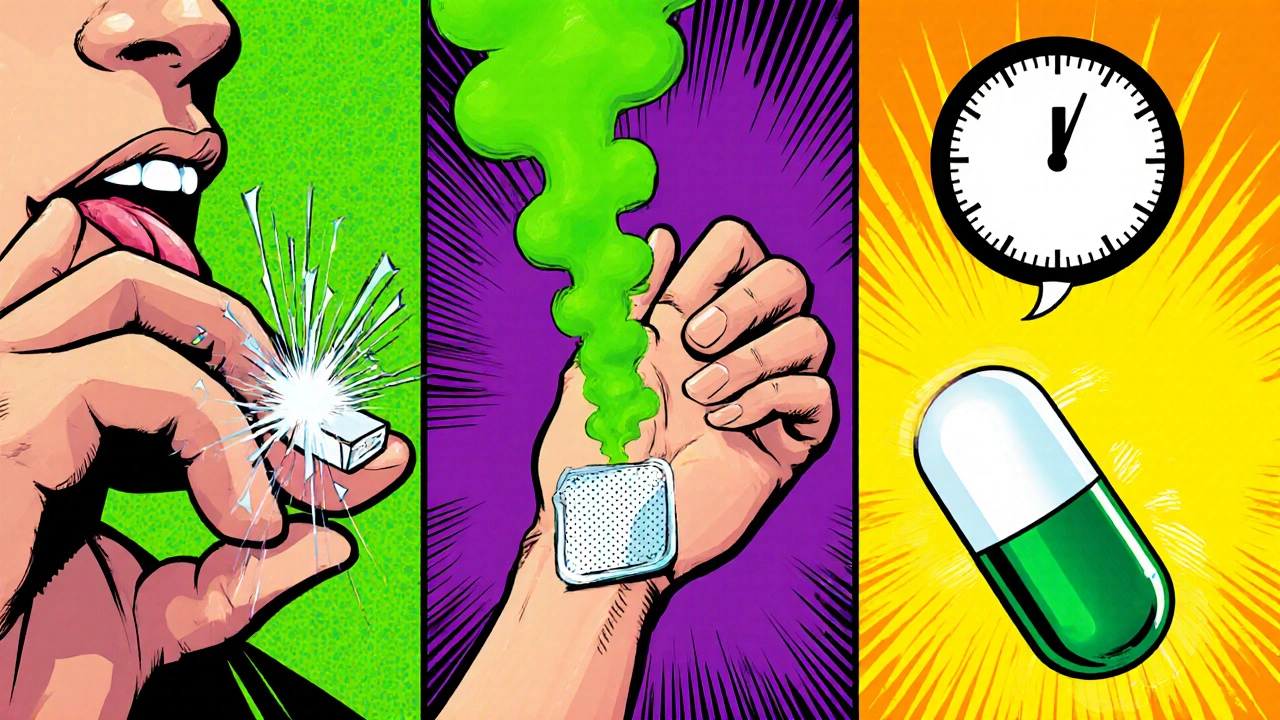
How to use sublingual nitroglycerin correctly
- Sit down or lean against a wall - standing can worsen dizziness if blood pressure drops.
- Place one tablet under the tongue; do not swallow.
- Allow it to dissolve completely (about 30seconds). Do not chew.
- If pain does not improve after 5minutes, repeat with a second tablet.
- Call emergency services if pain continues after the second dose or if you develop symptoms like fainting, severe shortness of breath, or a rash.
Store tablets in a cool, dry place away from direct sunlight. Heat and moisture can degrade the drug, making it less effective.
Side effects, drug interactions, and contraindications
The most common complaint is a throbbing headache - a direct result of blood‑vessel dilation in the brain. Taking an over‑the‑counter pain reliever (acetaminophen or ibuprofen) before the tablet can tame the headache without compromising the cardiac benefit.
Because nitroglycerin lowers blood pressure, combine it cautiously with other antihypertensives, especially beta‑blockers or ACE inhibitors. The biggest red flag is taking nitrates together with phosphodiesterase‑5 (PDE‑5) inhibitors such as sildenafil or tadalafil; the combination can cause a dangerous plunge in blood pressure.
People with severe anemia, closed‑angle glaucoma, or recent head trauma should discuss alternatives with their doctor, as the vasodilating effect may exacerbate these conditions.
Safety tips and storage guidelines
Always keep a spare tablet (or patch) in your bag, car, or at work - angina can strike when you’re far from home. If you’re traveling internationally, check that the medication complies with local regulations and bring a copy of the prescription.
Expired tablets lose potency; discard any that are past the printed date. For patches, note the removal time on the packaging; leaving a patch on too long can cause prolonged hypotension.
Comparing the main nitroglycerin delivery methods
| Form | Onset (minutes) | Duration of Effect | Best Use Case | Typical Side Effects |
|---|---|---|---|---|
| Sublingual tablet | 1‑3 | 15‑30 | Acute chest pain | Headache, flushing, dizziness |
| Transdermal patch | 30‑60 | 12‑24hrs (continuous) | Prophylaxis before predictable stress | Skin irritation, mild headache |
| Oral extended‑release | 20‑40 | 6‑12hrs (once‑daily) | Chronic stable angina | Headache, low blood pressure |
Quick checklist before you take nitroglycerin
- Verify you’re not on a PDE‑5 inhibitor.
- Ensure you’re seated or lying down.
- Use only one tablet at a time - no crushing.
- Know when to call emergency services (pain after 2 doses).
- Check expiration date and storage conditions.
Frequently Asked Questions
Can I use nitroglycerin if I have high blood pressure?
Yes. In fact, nitroglycerin can help lower blood pressure temporarily, which is beneficial during an angina attack. However, if you’re already on antihypertensive medication, monitor your pressure and discuss dosage adjustments with your doctor.
Why does nitroglycerin cause headaches?
The drug dilates blood vessels in the brain as well as the heart. This sudden increase in blood flow can trigger a headache. Over‑the‑counter analgesics taken before the nitrate can reduce the intensity.
Is it safe to drive after taking a sublingual tablet?
Only if you feel fully alert and your blood pressure is stable. Dizziness or a sudden drop in pressure can impair driving. If you’re unsure, wait at least 15minutes or have someone else drive you.
How long can I keep a nitroglycerin patch on?
Follow the manufacturer’s instructions - most patches are designed for 12‑hour wear. Removing it early reduces protection; wearing it longer can cause excessive hypotension.
What should I do if I miss a daily dose of oral nitroglycerin?
Take the missed dose as soon as you remember, unless it’s close to the time of your next scheduled dose. In that case, skip the missed one to avoid double‑dosing and contact your clinician for guidance.

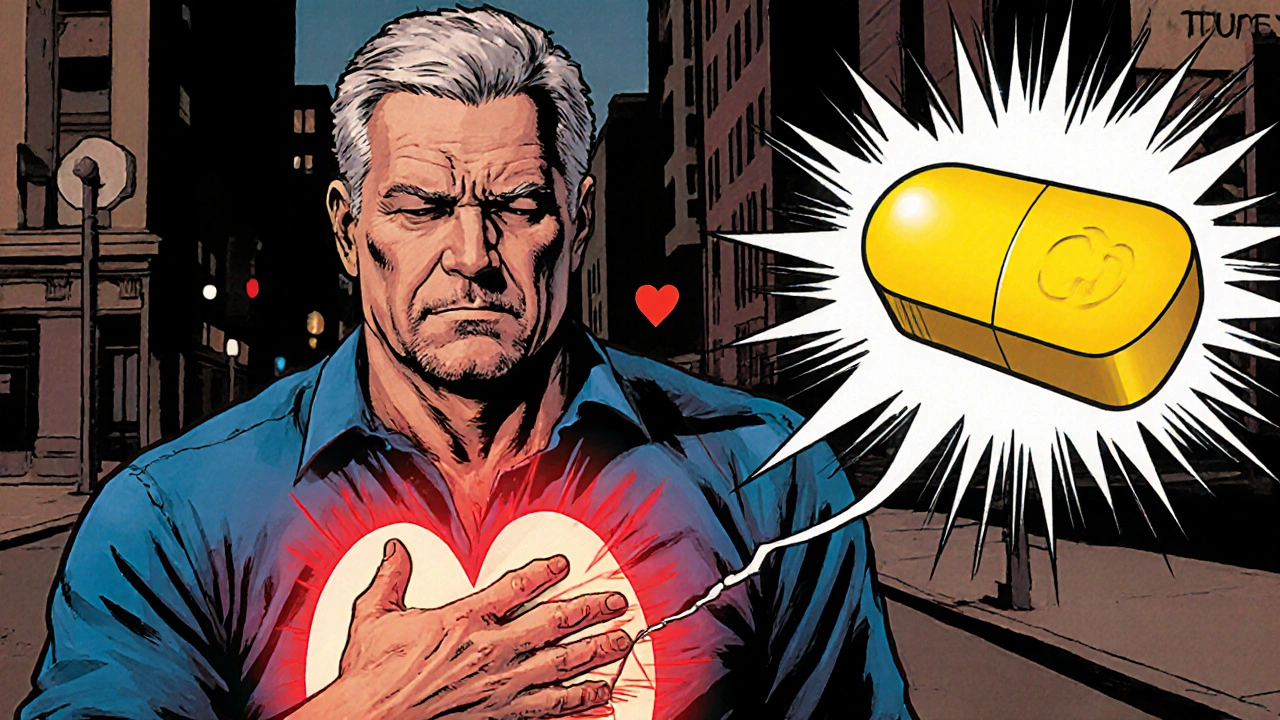
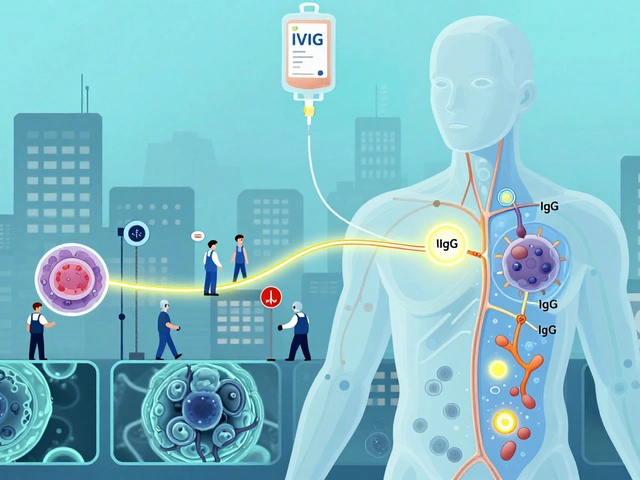
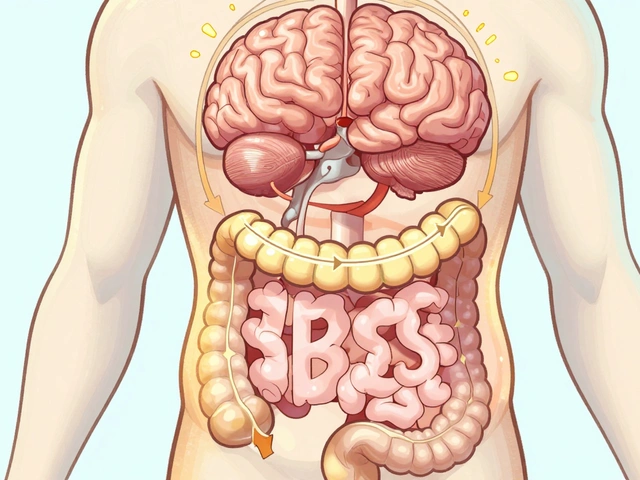
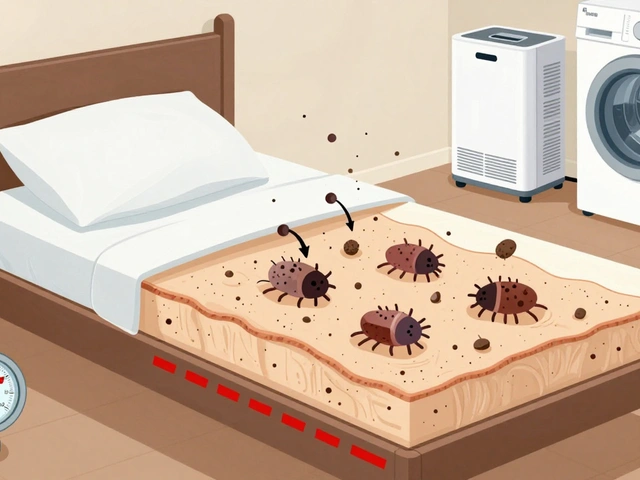

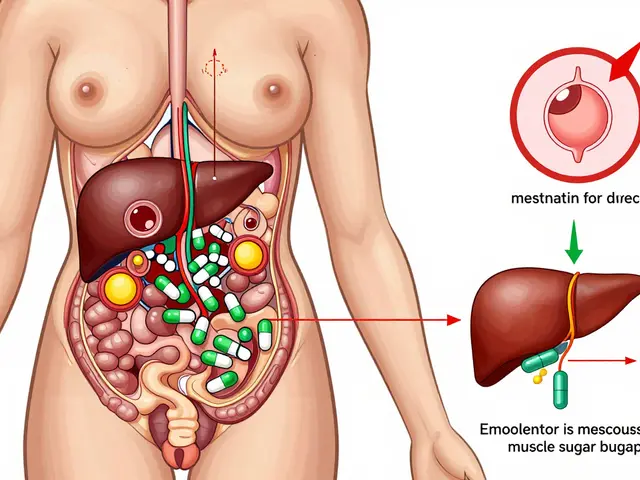
13 Comments
Matthew Bates
It is essential to recognise that nitroglycerin functions as a prodrug, undergoing enzymatic reduction to liberate nitric oxide, which then activates guanylate cyclase in vascular smooth muscle, culminating in cyclic GMP‑mediated vasodilation. This cascade lowers both preload and afterload, thereby mitigating myocardial oxygen demand during an anginal episode.
NANDKUMAR Kamble
Ever wonder why the pharma giants keep pushing nitroglycerin as the panacea? They don’t want you to question the underlying agenda, especially when the same companies lobby for deregulated blood‑pressure meds that keep you dependent.
namrata srivastava
The pharmacokinetic profile of sublingual nitroglycerin exhibits a rapid onset attributable to its high lipophilicity, facilitating trans‑mucosal absorption and subsequent bioconversion to nitric oxide. Such hemodynamic modulation is paramount in the acute attenuation of myocardial ischemia.
Priyanka arya
👍 wow, that explanation is spot‑on! never knew the whole NO pathway was behind the quick relief. 💊 thanks for breaking it down so clearly.
Loren Kleinman
Nitroglycerin has been a lifesaver for countless people living with angina.
Its ability to act within seconds makes it unique among cardiac medications.
When you feel that crushing pressure in your chest, the sublingual tablet dissolves under the tongue.
The drug is then absorbed directly into the bloodstream without having to pass through the digestive system.
Once in the blood, it is converted to nitric oxide, a molecule that tells blood vessels to relax.
This relaxation widens the coronary arteries, allowing more oxygen‑rich blood to reach the heart muscle.
At the same time, the overall blood pressure drops slightly, reducing the workload on the heart.
The combined effect usually alleviates the pain within a minute or two.
Because the action is so fast, doctors advise patients to keep a spare tablet on hand at all times.
It is also crucial to sit or lie down before taking the dose to avoid dizziness from the sudden drop in pressure.
If the first tablet does not relieve the pain, a second one can be taken after five minutes, but no more than three without medical guidance.
Over‑use can lead to tolerance, where the body becomes less responsive to the medication over time.
To prevent tolerance, many physicians schedule a daily “nitrate‑free” interval, usually during the night.
Patients should also be mindful of drug interactions, especially with PDE‑5 inhibitors, which can cause a dangerous plunge in blood pressure.
Regular follow‑up with a healthcare provider ensures the dosage remains appropriate and side effects are managed.
Ultimately, understanding how nitroglycerin works empowers patients to use it safely and effectively during those frightening moments of chest pain.
Sabrina Goethals
so, i was reading about the patch thing, and, honestly, it seems kinda convenient, but, like, remember to check the skin for irritation, ok?? also, don’t forget to keep the spare tablet in your bag – you never know when you’ll need it!!
Benjie Gillam
The extended‑release oral formulation provides a sustained nitrate reservoir, achieving a steady-state plasma concentration that mitigates the risk of acute hypotension while maintaining anti‑ischemic efficacy. Dosing should be individualized based on hemodynamic response and concomitant antihypertensive therapy.
Naresh Sehgal
Listen, all that philosophical talk is nice, but if you’re actually dealing with an angina attack, you need to act, not just contemplate. Grab a tablet, sit down, and stop overthinking!
Poppy Johnston
Great roundup! I love how you highlighted the practical tips – especially the reminder to keep a spare tablet in the car. Super helpful for anyone juggling a busy schedule.
Johnny VonGriz
yeah, nitro’s the real MVP when you’re stuck with chest pain. just don’t mess around with those blue pills if you’re on Viagra, that combo is a nightmare.
Real Strategy PR
Never skip the nitrate‑free interval.
Doug Clayton
Exactly, safety first – always make sure you’re feeling steady before getting behind the wheel.
Michelle Zhao
While the article admirably catalogues the various nitroglycerin delivery systems, it neglects to address the emerging data on ivabradine as a viable alternative for patients intolerant to nitrates, thereby offering an incomplete perspective on contemporary angina management.